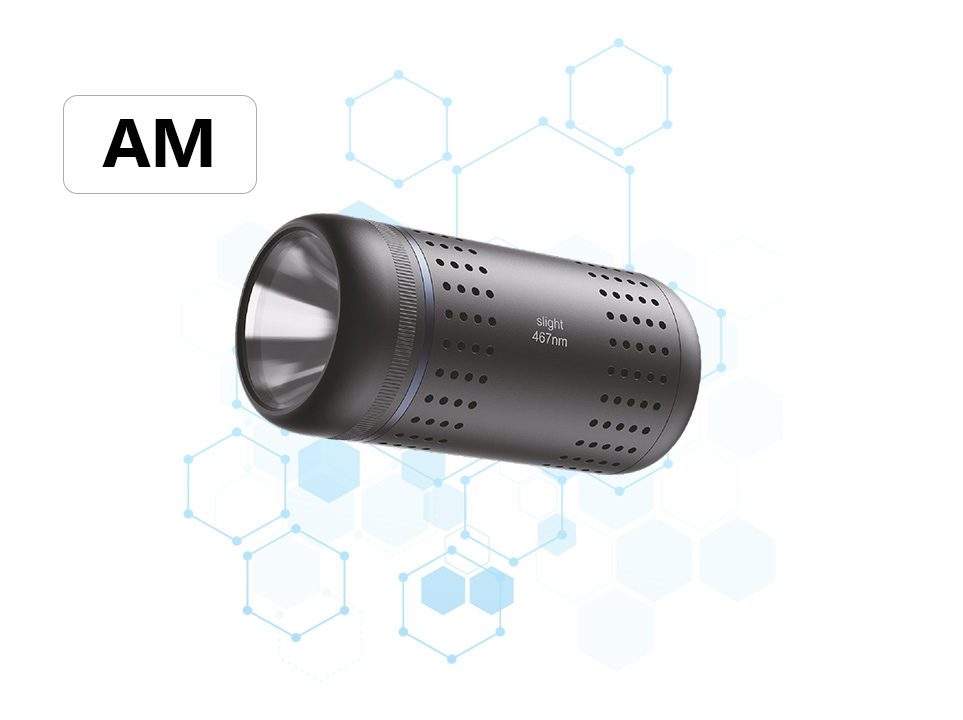Instrument configuration of laboratory photoreactor
In the realm of chemical synthesis and materials science, the laboratory photoreactor stands as a pivotal tool, harnessing the power of light to drive chemical reactions. This sophisticated equipment not only accelerates research but also enables the discovery of novel compounds and materials. To fully leverage the potential of a photoreactor, understanding its instrument configuration is paramount. This article delves into the essential components and configurations of a laboratory photoreactor, aiming to provide a comprehensive guide for achieving optimal performance.
Core Components of a Laboratory Photoreactor
1. Reaction Chamber
The heart of any photoreactor is the reaction chamber, where the photochemical reaction occurs. This chamber is typically made from high-quality, light-transparent materials such as quartz or borosilicate glass to ensure maximum light transmission and resistance to chemical corrosion. The design of the chamber may vary, ranging from batch reactors to continuous-flow systems, tailored to meet the specific needs of the reaction being investigated.
2. Light Source
The choice of light source is crucial as it directly influences the type and efficiency of photochemical reactions. Common light sources include UV lamps, LEDs, and lasers, each offering unique advantages in terms of wavelength range, intensity, and energy distribution. For instance, LEDs are known for their energy efficiency and long lifespan, while lasers provide high spatial and temporal control over light delivery.
3. Optical System
The optical system is responsible for directing and focusing the light into the reaction chamber. This may involve lenses, mirrors, and optical fibers to ensure uniform illumination of the reaction mixture. Advanced photoreactors often incorporate adjustable optics to fine-tune the light exposure, enabling precise control over reaction conditions.
4. Temperature and Stirring Control
Temperature and stirring are critical parameters that can significantly affect reaction rates and yields. Most modern photoreactors are equipped with precise temperature control systems, using heaters and chillers to maintain a constant reaction temperature. Stirring mechanisms, such as magnetic stir bars or impeller systems, ensure homogeneous mixing of the reaction mixture, promoting efficient light absorption and reaction kinetics.
5. Gas Handling System
For reactions involving gases or requiring inert atmospheres, a gas handling system is essential. This system typically includes gas inlets and outlets, pressure control valves, and, in some cases, gas chromatography for real-time monitoring of gas compositions.
Advanced Configurations for Enhanced Performance
1. Multi-wavelength Capability
Advanced photoreactors often feature multi-wavelength capabilities, allowing researchers to switch between different light sources or simultaneously expose the reaction to a spectrum of wavelengths. This flexibility is particularly useful for studying complex photochemical processes or optimizing reaction conditions.
2. High-Throughput Screening
To accelerate the discovery of new photocatalysts or reaction conditions, some photoreactors are designed for high-throughput screening. These systems can accommodate multiple reaction chambers, enabling parallel processing of multiple experiments under varied conditions.
3. Integration with Analytical Instrumentation
The integration of analytical instrumentation, such as UV-Vis spectrophotometers, NMR spectrometers, or mass spectrometers, directly with the photoreactor facilitates in-situ monitoring of reaction progress and product formation. This real-time data acquisition enables swift adjustments to reaction parameters, optimizing yield and purity.
Conclusion
The instrument configuration of a laboratory photoreactor is a delicate balance of precision, versatility, and control. By understanding the core components and exploring advanced configurations, researchers can tailor their photoreactor setups to meet the specific demands of their photochemical research.





